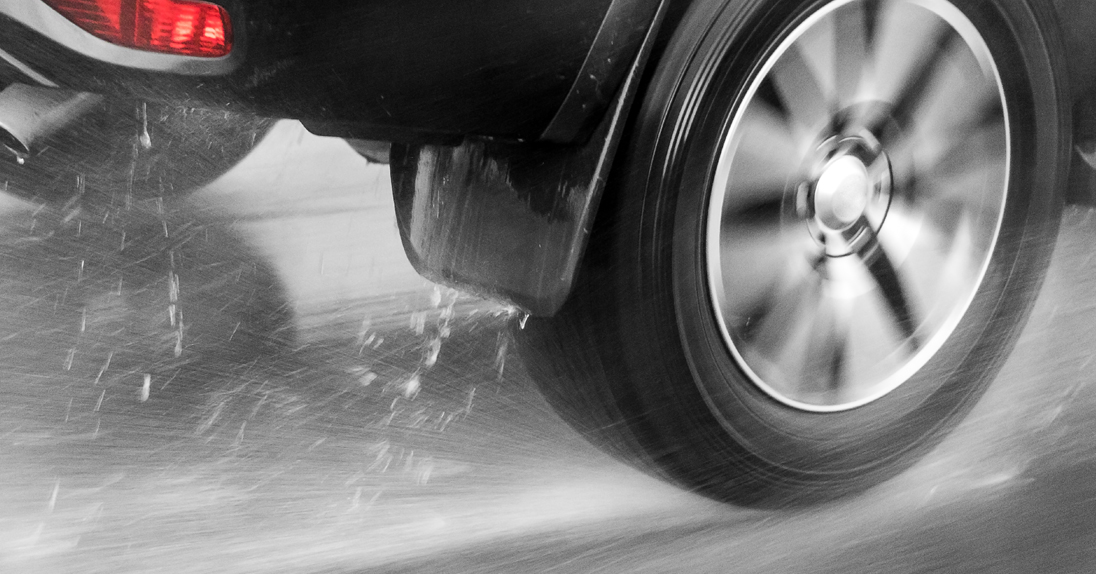Rain and slick roads are perhaps the worst circumstances most drivers may encounter on a daily basis. When it begins to rain, or even if the roads are still wet from a previous deluge, hazards and dangers increase. When it starts to rain, many drivers will just slow down as a safety precaution. While slowing down is an important part of how to drive safely in the rain, there are a few additional strategies or factors that drivers should be aware of. Let’s look at driving in the rain safety tips!

Rain driving is hard. When using windshield wipers, switch on the real headlights so your tail lights come on as well, even though many contemporary vehicles have automated running lights. "The purpose of having headlights is for other people to see you," experts explain. "You recognize all four corners of the car when you switch on your headlights and backlights."
You don't need to turn on your brights, however; the stronger light will just bounce off damp surfaces, rebounding back into your eyes and causing irritation to other drivers.
While driving on wet roads, you will want to keep your car clean. When vision is hampered by rain, it's critical that your vehicle doesn't obstruct your view. Clean the outsides and insides of windshields and windows once a month, and check the wear on your windshield wiper blades. Once a week, check the amount of your washer fluid.
Before driving the car in rain for the first time each day, experts suggest checking the headlights, taillights, turn signals, and tyre treads. "Whether it's raining or not, driving without [signal lights] is a hazard—and it's a ticketable infraction," they say.

Driving in wet weather is something you should take seriously. Because roads in various sections of the nation are engineered to handle varying weather conditions, employ additional care if you're new to an area during or after a storm. Experts explain that "the asphalt isn't as compacted" in several southern states. "This implies that it may rain and the road may seem to be completely dry, but it is not. You'll squeeze up the water that's been trapped in the road aggregate, and before you know it, your tyres are wet and sticky."